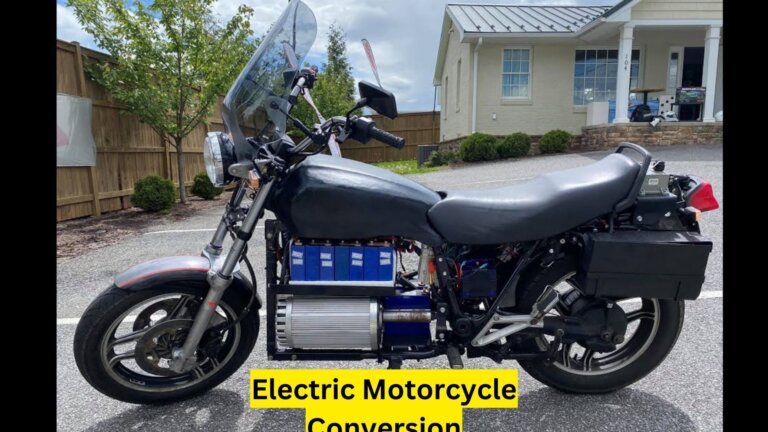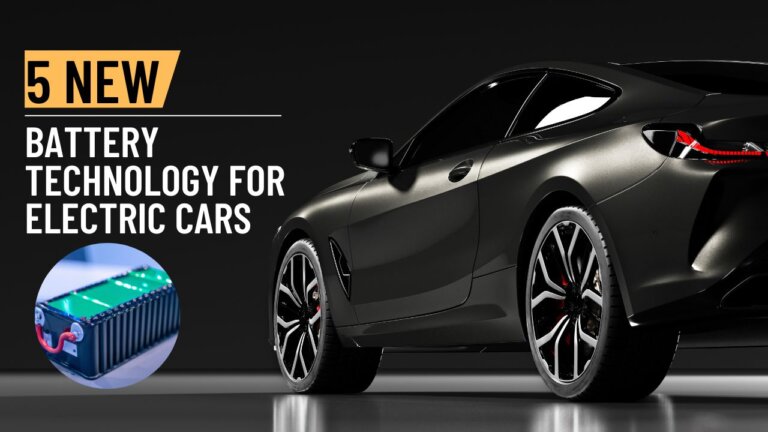What is China’s Electric Car Fraud? Lakhs of electric cars are being abandoned
China’s ascent as a global leader in electric vehicle (EV) production and adoption is undeniable.
The year 2022 witnessed the sale of a staggering 6.8 million EV units within China, dwarfing the United States figure of under 800,000 during the same period. This impressive feat stems from China’s booming manufacturing sector, where over half of the world’s EVs bear Chinese brands.
China’s Charging Infrastructure and a Puzzling Anomaly
China boasts the largest charging network on the planet, evidenced by the addition of 649,000 public charging stations in 2022 alone. This remarkable achievement constituted over 70% of the world’s total charger installations for that year.
Check this article, for more information Top 10 Fastest Growing EV Charging Companies
However, beneath these seemingly extraordinary numbers, a perplexing occurrence has come to light. Reports from Bloomberg expose a phenomenon dubbed “car graveyards” in at least six Chinese cities.
Exploring China’s EV Abandonment Enigma
These car graveyards, characterized by sprawling fields cluttered with almost new EVs among weeds and waste, bear an eerie resemblance to the bicycle abandonment crisis of 2018 when countless bicycles met similar fates in rivers and parking lots. In light of these puzzling developments, several questions arise:
Why are thousands of nearly new electric cars forsaken in China? What’s driving the surge in EV companies collapsing within the nation? And why does China repeatedly squander resources in this manner?
China’s Bold EV Venture and Environmental Impetus
Venturing into the electric vehicle realm in the early 2000s was a risky endeavor, even for established automakers like General Motors and Toyota, who treated electric vehicles as experimental projects.
For China, however, the urgency was different. The nation’s rapid industrialization over recent decades propelled it into one of the most polluted regions globally. Despite international pressure, China remained determined to maintain its industrial growth.
The Dual Promise of EV Adoption
The mass integration of EVs presented a dual advantage for China. On the one hand, EVs held the potential to alleviate pollution, a pressing concern in a country grappling with severe air quality issues.
On the other hand, EVs promised to reduce China’s dependence on imported oil. Fortuitously, China possessed the necessary ingredients: substantial manufacturing capability, a surplus of labor, and robust lithium refining capacity—a crucial element for EV batteries.
China’s Calculated Approach to EV Promotion
China’s centrally planned economy lent itself to channeling substantial resources into targeted industries. Starting in 2009, the government began incentivizing EV manufacturers with subsidies to produce electric buses, taxis, and private vehicles.
An investment totaling more than $29 billion in subsidies and tax breaks transpired from 2009 to 2022. Moreover, government contracts propped up fledgling domestic EV companies during their initial years.
The Perils of Excessive Incentives and Overproduction
Fueled by these incentives, a multitude of Chinese automakers, regardless of prior EV experience, dived into the production of electric vehicles.
The result was an influx of early-stage EVs, often with limited range capabilities, some barely able to cover 62 miles on a single charge.
However, this abundance of supply contrasted starkly with demand. To offset this mismatch, manufacturers collaborated with ride-sharing companies, akin to Uber, to absorb the excess inventory.
The Disconcerting Motivation Behind Overproduction
The question of why manufacturers persisted in producing EVs without a corresponding consumer base finds its answer in government subsidies. Manufacturers sought to exploit subsidies linked to each EV sale.
This incentive structure inadvertently birthed a cycle wherein manufacturers established subsidiaries to purchase unsold vehicles from their own inventories. Subsidies thus continued to flow, even if public demand remained muted.
The Descent into Deception and Mismanagement
Darker practices emerged as companies manipulated the subsidy program.
Instances of falsified license plates, registrations for nonexistent EVs, and production of subpar vehicles to meet criteria abounded. One instance spotlighted Suzhou Gemsea, a lesser-known EV maker, which escalated its subsidy claims from a monthly average of four vehicles to a staggering 3,000 just before subsidy reductions in 2015.
Investigations uncovered the fraudulent nature of these claims.
The Fallout: Bankruptcies and Realignment
Inevitably, China began reducing national EV purchase subsidies in 2019. This policy shift had catastrophic consequences for numerous companies ill-equipped to survive without government support.
A surge of bankruptcies ensued, revealing the fragile foundation upon which many EV manufacturers stood.
The reality was that a substantial portion of initial EV production was solely aimed at reaping subsidies, often disregarding quality and performance, rendering them obsolete.
Lessons from China’s EV Graveyards
Approximately 100 EV manufacturers persist in China today, down from a staggering 500 in 2019.
This attrition can be attributed to many producers focusing on securing subsidies rather than building quality vehicles. While these graveyards do not carry the same macroeconomic implications as past instances like China’s ghost cities, they underscore the pitfalls of excessive government intervention in markets, leading to perverse incentives.
A Bittersweet Reflection on China’s EV Odyssey
The narrative of China’s abandoned EVs unveils two intertwined notions. Firstly, prematurely discarding EVs diminishes their potential environmental benefits, as battery manufacturing demands intensive resource extraction and the batteries require careful disposal. Secondly, China’s penchant for resource wastage surfaces yet again.
The centralized nature of China’s economy allows the government to concentrate investment, even if unwanted consequences ensue—a pattern reflected in cases beyond the EV sector.
Source: Economics Nation Video






